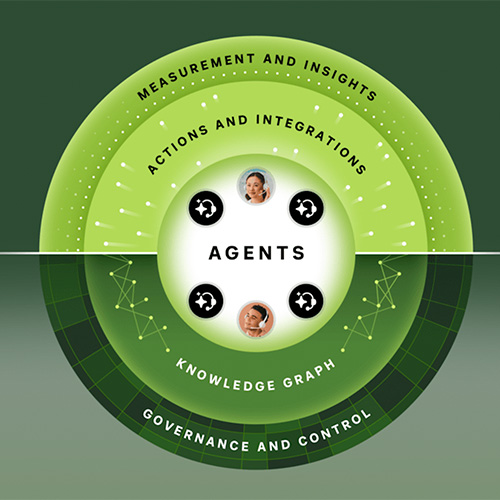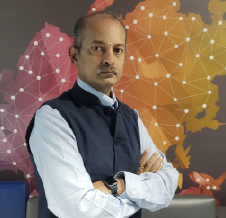
At the Global Fintech Fest 2025 in Mumbai, Infosys co-founder Nandan Nilekani announced that Finternet, India’s next-gen digital public infrastructure (DPI) for finance, will go live in 2026 with real-world use cases across sectors.
Finternet builds on India's DPI success—like UPI and Aadhaar—by introducing a programmable, interoperable financial layer. It will enable tokenization of assets like real estate, gold, and bonds, embed regulatory compliance, and support cross-border interoperability. Nilekani emphasized that live examples will span geographies and industries, unlocking significant financial innovation.
Key use cases expected include fractional ownership of real estate, tokenized gold, AI-assisted identity-linked credit, and interoperable global asset transfers. India’s success in digital inclusion positions it as a likely leader in this space.
However, Finternet’s rollout faces critical challenges: aligning with legal frameworks, ensuring trust and governance, enabling ecosystem adoption, building liquidity for tokenized assets, and addressing cross-border regulatory compliance. Traditional institutions may also resist the shift.
If successful, Finternet could trigger a paradigm shift in global finance. It promises to unlock dormant assets, expand credit access, and foster new business models like asset-backed lending platforms or token exchanges. Most importantly, it positions India as a global innovator in digital finance infrastructure.
Nilekani envisions Finternet operating across 20 ecosystems globally by 2026. While large-scale adoption will likely be phased and region-specific, the foundational vision is clear: Finternet is not just about technology—it’s about democratizing wealth, credit, and opportunity.
See What’s Next in Tech With the Fast Forward Newsletter
Tweets From @varindiamag
Nothing to see here - yet
When they Tweet, their Tweets will show up here.





























